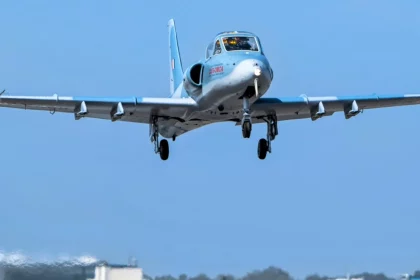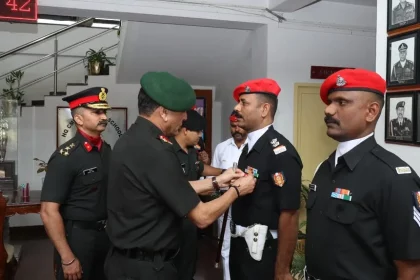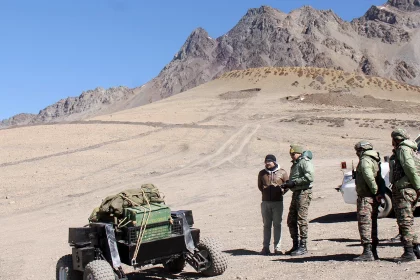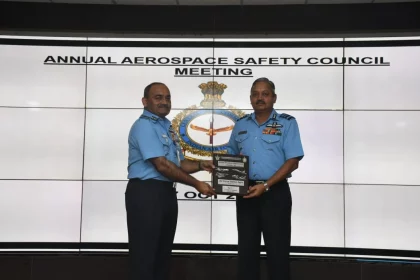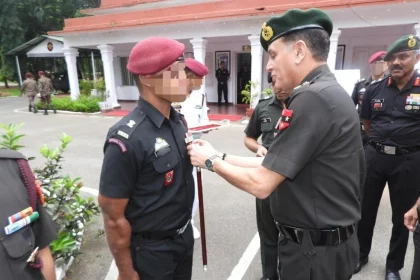HAL Successfully Conducts Maiden Flight of Unmanned Kiran Aircraft
Legacy Kiran Mk-II Transformed into Advanced Optionally Manned Combat Aircraft under HAL’s CATS Program.
Lt General Dhiraj Seth Visits CMP Centre and School, Lauds Women Agniveers and Elite Teams
Lt Gen Dhiraj Seth Reviews Training Initiatives and Commends Women Agniveers at CMP Centre, Bengaluru.
Israeli Firm Set to Win ₹8,000 Crore Indian Air Force Mid-Air Refuelling Aircraft Deal
Israel Aircraft Industries emerges as frontrunner to supply six converted Boeing 767 refuellers, boosting IAF’s long-range operational capabilities.
Lt Gen Anindya Sengupta Reviews Operational Preparedness in Garhwal Sector and Joshimath
Army Commander praises troops for professionalism and technological integration during forward area review in Garhwal sector.
Central Air Command Hosts Annual Aerospace Safety Seminar 2025 at Agra
Seminar underscores human cognition and mindfulness as key enablers of aerospace safety across Central Air Command.
Lt Gen Dhiraj Seth Reviews Training and Infrastructure at Parachute Regiment Training Centre, Bengaluru
Army Commander Southern Command commends Parachute Regiment for excellence in training and urges continued operational readiness.

